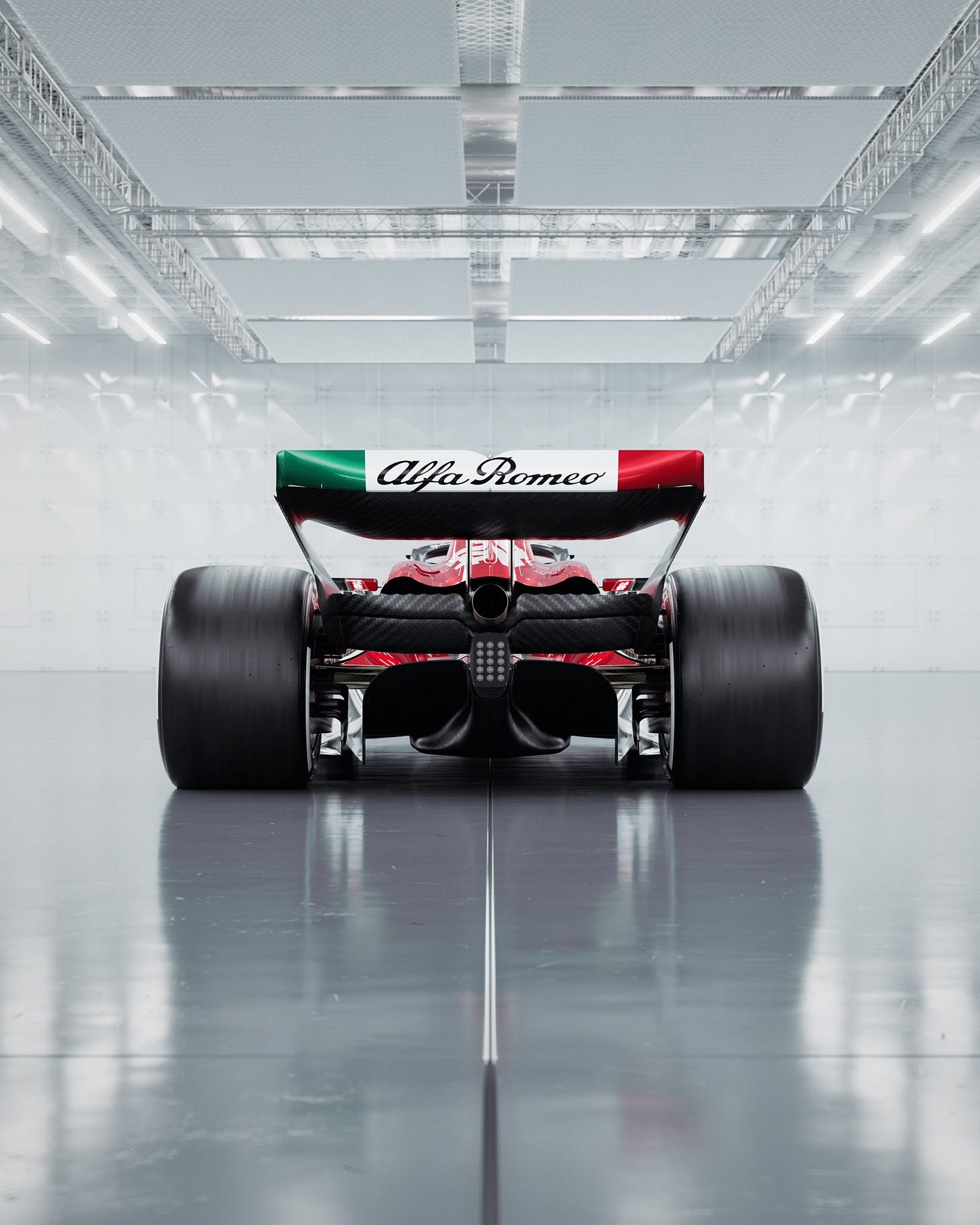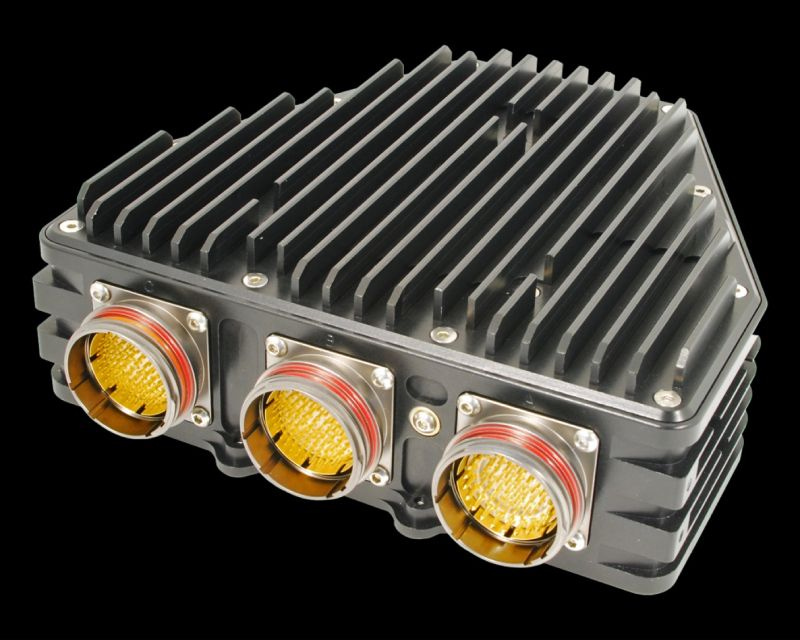During the F1 season, races occur week after week; petabytes of data from each car is logged every week. The amount of data involved can be compared to what is used in space travel operations, except that there is new data every other week. More frequent out of time (OOT) experiments and simulations required to monitor and maintain optimum performance on the track. You are likely familiar with the concept and benefits of data warehouses that became popular in the late 90s/early 2000s and data lakes that became popular in the past decade. Both have helped simplify access and use of big datasets which is largely present in formula 1 racing. The vast data generated each season is securely archived and forms a valuable asset that can be used for future analysis.
A large chunk of the data is telemetry and a number of F1 teams use a bespoke software, Atlas (Advanced Telemetry Acquisition System), built by McLaren Applied, to analyse their telemetry.
There are Telemetry regulations outlined by the FIA such as the prohibition of team to car telemetry. This means teams are not allowed to transmit data from the pit walls to the car except for handshaking from the car to the team telemetry system and the “FIA Marshalling System”, a communication system primarily designed to enhance race safety by providing real-time information to drivers and race control, making sure the drivers are aware of track conditions, incidents, and other safety information as quickly as possible.
Even the Electronic Control Units (ECUs) are standardized and every team is mandated to use the the same ECU supplier (Mclaren applied), ensuring the core software and data format logged by each team is similar and can readily be anylsed and compared by the FIA on request.
Historical data and real time data inputs from these ECUs are combined to provide a clear sense of performance and point out any anomalies.
Effectively, any new findings by simulations ran on the pit wall cannot be transmitted to the car. In that case, drivers only get to see useful findings after a race has been completed. There is no explicit prohibtion of car to driver telemetry as of yet so this can laregly be leveraged to improve driver support. Andrew Newey continually improves his designs within regulation constriants ensuring cars he designed performed optimally.
Formula 1 is the ultimate test of technological excellence and driver skill - Mclaren Applied
The same can be done with data assets and largely technology, Analytics from real time data on the car and driver performance could be fitted on the stirring wheel for each driver displaying the most relevant trend(s) to keep the driver informed on their performance and areas for improvement. It is the driver’s call to make a decision based off what is visible to them. However, note that this could and should be carefully implemented in a way not to distract the drivers but serve as a useful tool to the driver on track, whilst abiding by the rules and regulations.
I will state this as clear as possible:
Data is largely useless if only seen after when needed.
The whole point of gathering large data sets, performing rigorous analytics and simulations is to ensure they can provide some competitive edge. What use is the data then if it is only provided to those who can maximise its use only after they have completed a race.
In truth there is little use, but much less than is possible given the rules of the sport.



